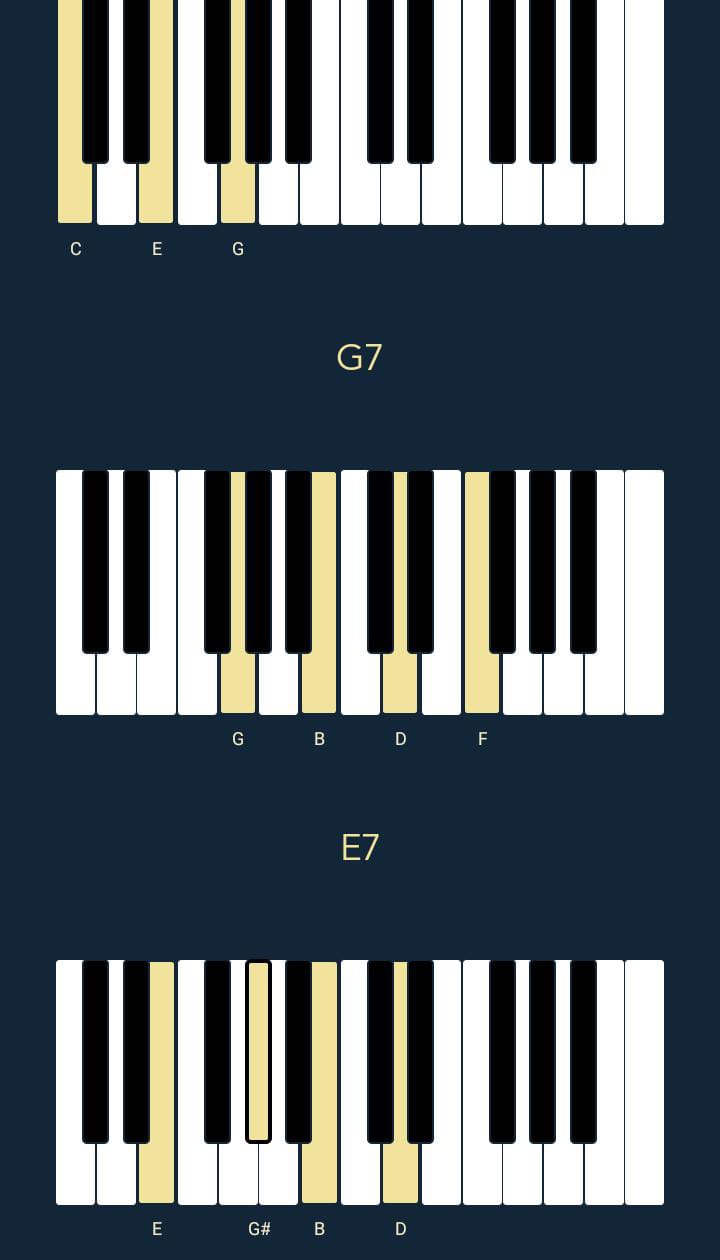Beethoven’s “Für Elise” is an iconic piano piece that has captivated audiences for centuries. Its delicate melody and intricate structure make it a timeless favorite among pianists of all levels. Today, we embark on a journey to unravel the magic behind “Für Elise” by exploring the piano chords that lay the foundation for this masterpiece.
Understanding the Basics:
Before diving into the chords, let’s briefly revisit the structure of “Für Elise.” Composed in the early 19th century, this piece is a bagatelle, a short instrumental composition characterized by its light and playful nature. The main challenge for pianists lies in balancing the gracefulness of the melody with the underlying chords that provide the harmonic richness.
Chords in “Für Elise”:
The chord progression in “Für Elise” is both enchanting and deceptively complex. The key to mastering this piece is breaking down the chords and understanding their relationships. Here, we’ll focus on the primary chords used in the main theme:
- A Minor:
- A (Root)
- C (Minor third)
- E (Perfect fifth)
- E Major:
- E (Root)
- G# (Major third)
- B (Perfect fifth)
- D Minor:
- D (Root)
- F (Minor third)
- A (Perfect fifth)
- A Major:
- A (Root)
- C# (Major third)
- E (Perfect fifth)
Chord Progression Chart:
Now, let’s represent the chord progression in “Für Elise” using a chart:
| Measure | Chord | Notes |
|---|---|---|
| 1-2 | A Minor | A, C, E |
| 3-4 | E Major | E, G#, B |
| 5-6 | A Minor | A, C, E |
| 7-8 | E Major | E, G#, B |
| 9-10 | A Minor | A, C, E |
| 11-12 | D Minor | D, F, A |
| 13-14 | A Minor | A, C, E |
| 15-16 | E Major | E, G#, B |
| 17-18 | A Minor | A, C, E |
| 19-20 | E Major | E, G#, B |
| 21-22 | A Minor | A, C, E |
| 23-24 | D Minor | D, F, A |
| 25-26 | A Major | A, C#, E |
| 27-28 | E Major | E, G#, B |
| 29-30 | A Major | A, C#, E |
| 31-32 | E Major | E, G#, B |
Tips for Mastering the Chords:
- Practice Hands Separately: Start by practicing the chords with each hand separately to familiarize yourself with the finger positions.
- Slow and Steady: Begin at a slow tempo, focusing on accuracy and hand coordination. Gradually increase the speed as you become more comfortable.
- Expressive Dynamics: Pay attention to the dynamics in each chord. Beethoven’s music often relies on contrasts between loud and soft, so explore these nuances in your playing.
- Use a Metronome: Maintain a steady tempo by practicing with a metronome. This will help you stay in rhythm and develop a sense of timing.
Conclusion:
Mastering the piano chords in Beethoven’s “Für Elise” is a rewarding journey that unveils the beauty of this classical masterpiece. By breaking down the chords and practicing diligently, you’ll not only enhance your technical skills but also gain a deeper appreciation for the artistry of Beethoven. So, let the enchantment of “Für Elise” inspire your piano playing and bring this timeless composition to life with every chord. Happy playing!
- Mastering Rhythm Patterns for Piano Chords: A Comprehensive Guide
- A Guide to Playing C# Chord on the Piano
- 7 Easy Songs to Play on Piano with Chord Progressions
- Playing Michael Myers’ Halloween Theme Song on the Piano
- Advanced piano lessons
- 🎶 Flute Lesson for Beginners: Learn Your First Notes Easily
- Homesteading Knowledge: Back-to-Basics Skills for Self-Reliant Living
- 🎸 Dmaj7 Guitar Chord: A Smooth and Dreamy Sound for Your Songs
- July 5th in America: The Quiet Day After the Boom
- Who Is Vanessa Trump? Inside the Life of Donald Trump Jr.’s Former Wife

1 thought on “Piano Chord Lesson for Beethoven’s “Für Elise” with Charts”